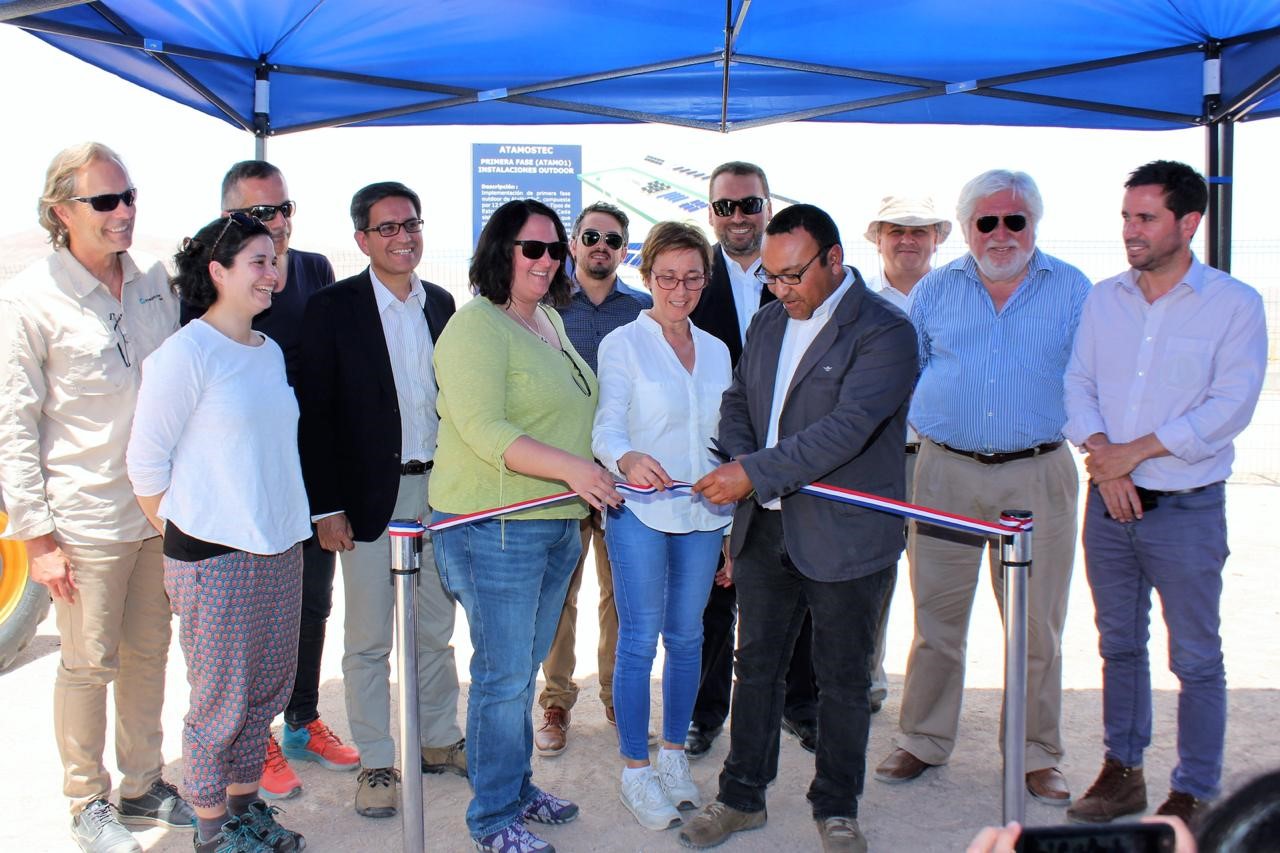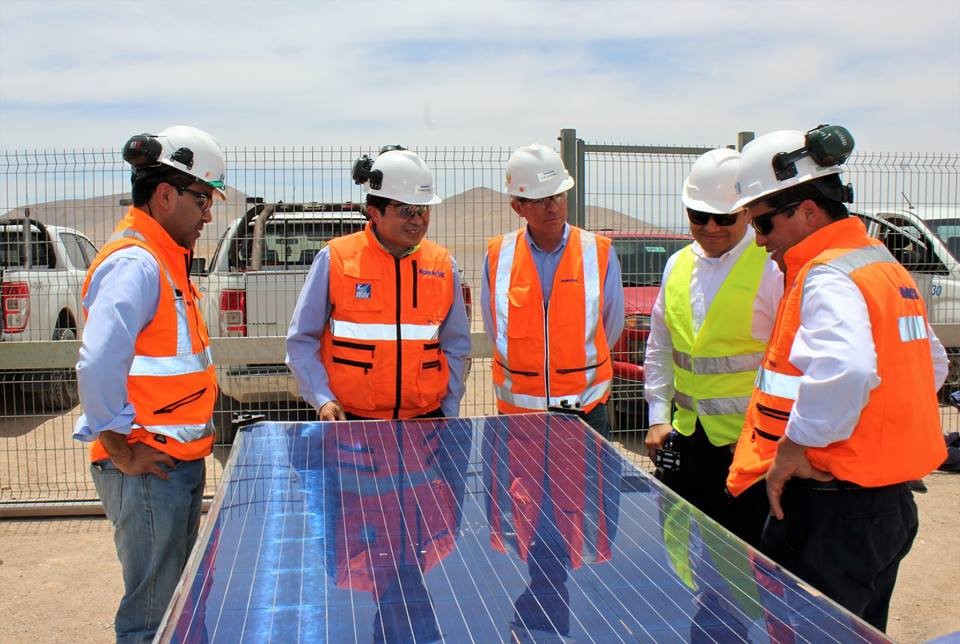AtaMoS-TeC starts construction for applied research outdoor
Important information about the AtaMoS-TeC project, which together with celebrating its first anniversary, starts the applied research phase, supported by Fraunhofer Chile Research with its Center for Solar Energy Technologies (FCR-CSET).
With a ceremony at the Plataforma Solar Desierto de Atacama (PSDA), on Friday, 18th January, the construction of the first outdoor applied research facilities of AtaMoS-TeC was officially launched. They consist of 12 photovoltaic systems of 1.2KWp, divided into three bifacial technologies and one monofacial. The ceremony was attended by regional authorities, academics and representatives of the 17 partner institutions of this public-private consortium developed by SERC Chile, where the director Prof. Frank Dinter of the Center for Solar Energy Technologies of the Fraunhofer Chile Research Foundation participated (FCR-CSET).


Edward Fuentealba, leader of Line 3 of SERC Chile and executive director of AtaMoS-TeC, highlighted the progress of the project to the press and described it as "an unique initiative that brings together the capacities of different institutions, looking for the great challenge that the sector has, which is to reduce the level costs of solar energy to values below US$ 25 per MWh ".
In this respect the manager of AtaMoS-TeC, Bárbara Silva, details the next phases of the initiative:
In February of this year the installation of the first modules adapted to the conditions of the Atacama Desert is completed. In March the complete system is tested and, if everything is fine, in April the second phase will be launched, which lasts one year and consists of the concrete measurement of module behavior, system balance, operation and maintenance. These results will allow the implementation of new improvements, in order to get a commercial version later.
 Fraunhofer Chile Research
Fraunhofer Chile Research